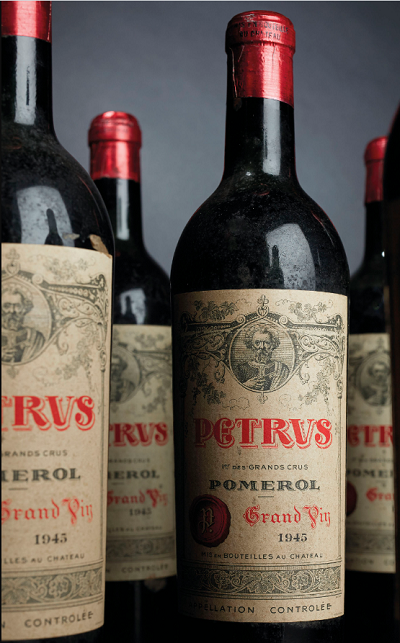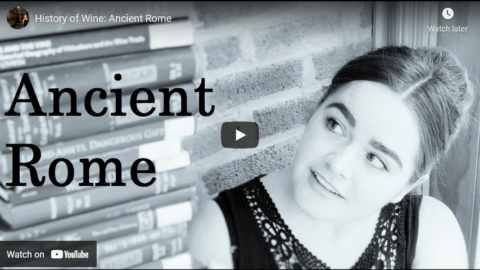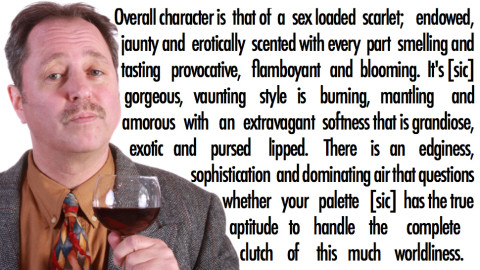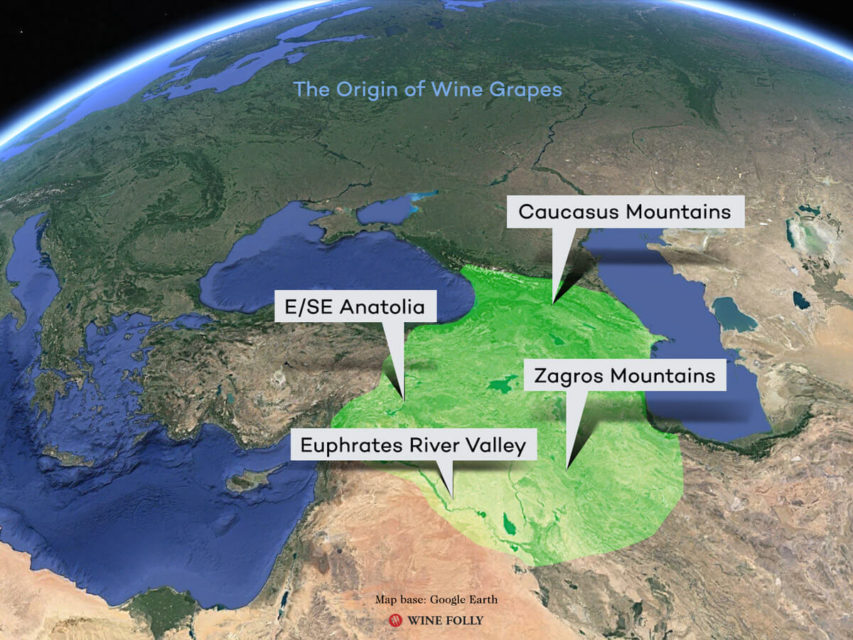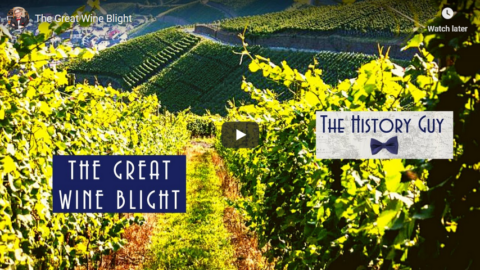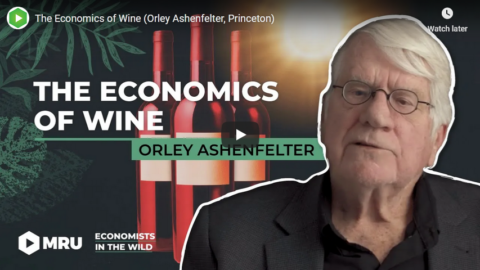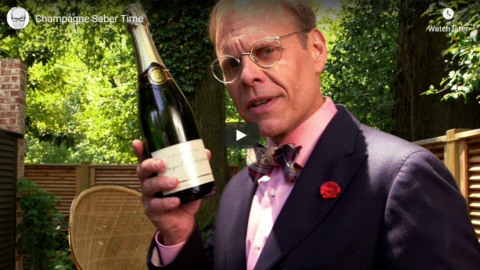In The Critic, Henry Jeffreys admits his continuing love for mature wines, even past the point most people would consider them drinkable:
For some people wine appreciation is like big game hunting. It’s about ticking off the prizes: Latour, Petrus, Romanee Conti. Whereas for others it’s about chasing unicorns, looking for mythical wines so rare that they are almost impossible to obtain. I don’t have the money for either, but even if I did, I still think I would take the greatest pleasure in opening a strange old bottle and being surprised by how delicious it is.
I’m fortunate in having friends and relatives who think wine is more for keeping than for drinking. When my grandfather died, we inherited all kinds of strange things that he’d been saving including a half bottle of 1937 Army & Navy claret.
I’ve certainly never had the deep pockets to go after any of those tip-top wines, although I used to be able to go to LCBO wine tasting events where there’d occasionally be opportunities to try a few ultra-expensive wines (Petrus, Château Margaux, Nuits-Saint-Georges, Chassagne-Montrachet, Puligny-Montrachet, etc.). If I’m totally honest, in a few of those cases, the bouquet of the wine promised far more than the taste could deliver … I appreciate and enjoy better quality wines, but I don’t taste enough difference between a $50 bottle and a $500 bottle to justify paying the premium.
Oddly certain people get quite upset at lovers of very old wine. On Twitter recently a sommelier wrote “your taste sucks” to someone who expressed an enjoyment of such wines.
The French look at this peculiarly British habit as close to necrophilia. Americans, too, drink vintage port after a couple of years rather than waiting a generation as is customary.
There’s something magical about what decades can do to a wine. Quite austere clarets become heady and exotically-spiced while sweet wines begin to taste dry. I also relish the flavours that some might find less appealing: the tang of vinegar, the cooked taste of caramel and the whiff of sherry in wines that definitely are not sherry.
Maybe my taste sucks too but sometimes I prefer a wine to be old than to be particularly good. You adjust your palate, it’s like having a conversation with an elderly relative who’s a bit deaf but with great stories to tell.

